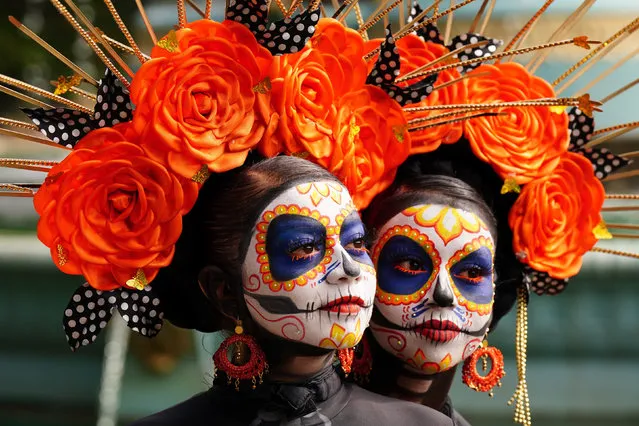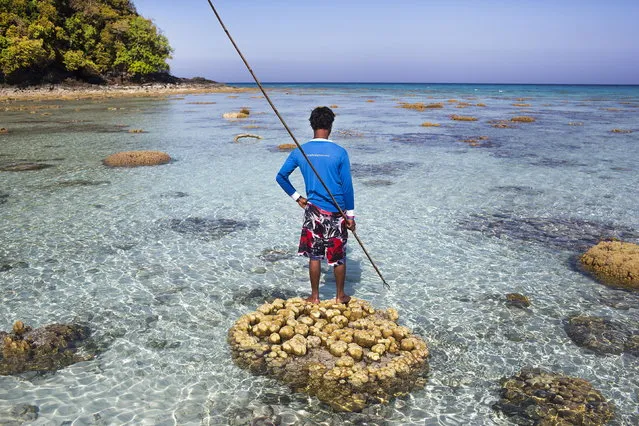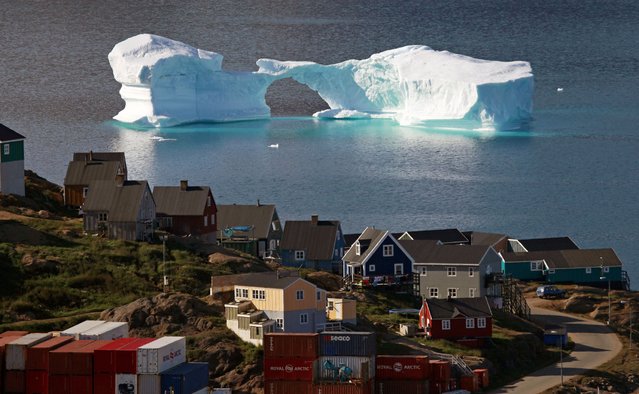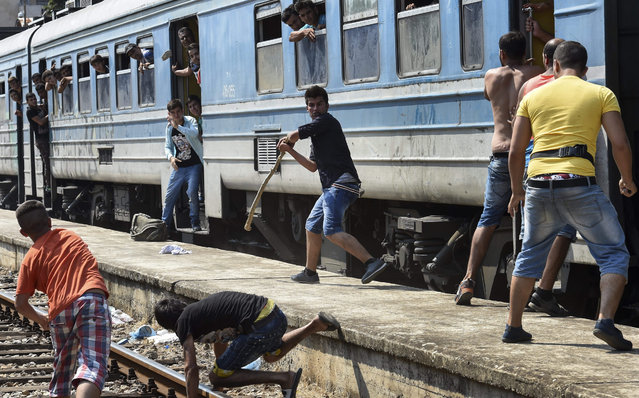
An exhausted and frustated migrant holds his head after he missed to get a place on a train heading to the Serbian border at the train station in Gevgelija, The Former Yugoslav Republic of Macedonia, August 13, 2015. From the beginning of the year to mid-June 2015, nearly 160,000 migrants landed in the southern European countries, mainly Greece and Italy, on their way to wealthier countries in Western and Northern Europe, according to estimates by the International Organization for Migration (IOM). (Photo by Georgi Licovski/EPA)
14 Aug 2015 13:56:00,post received
0 comments







